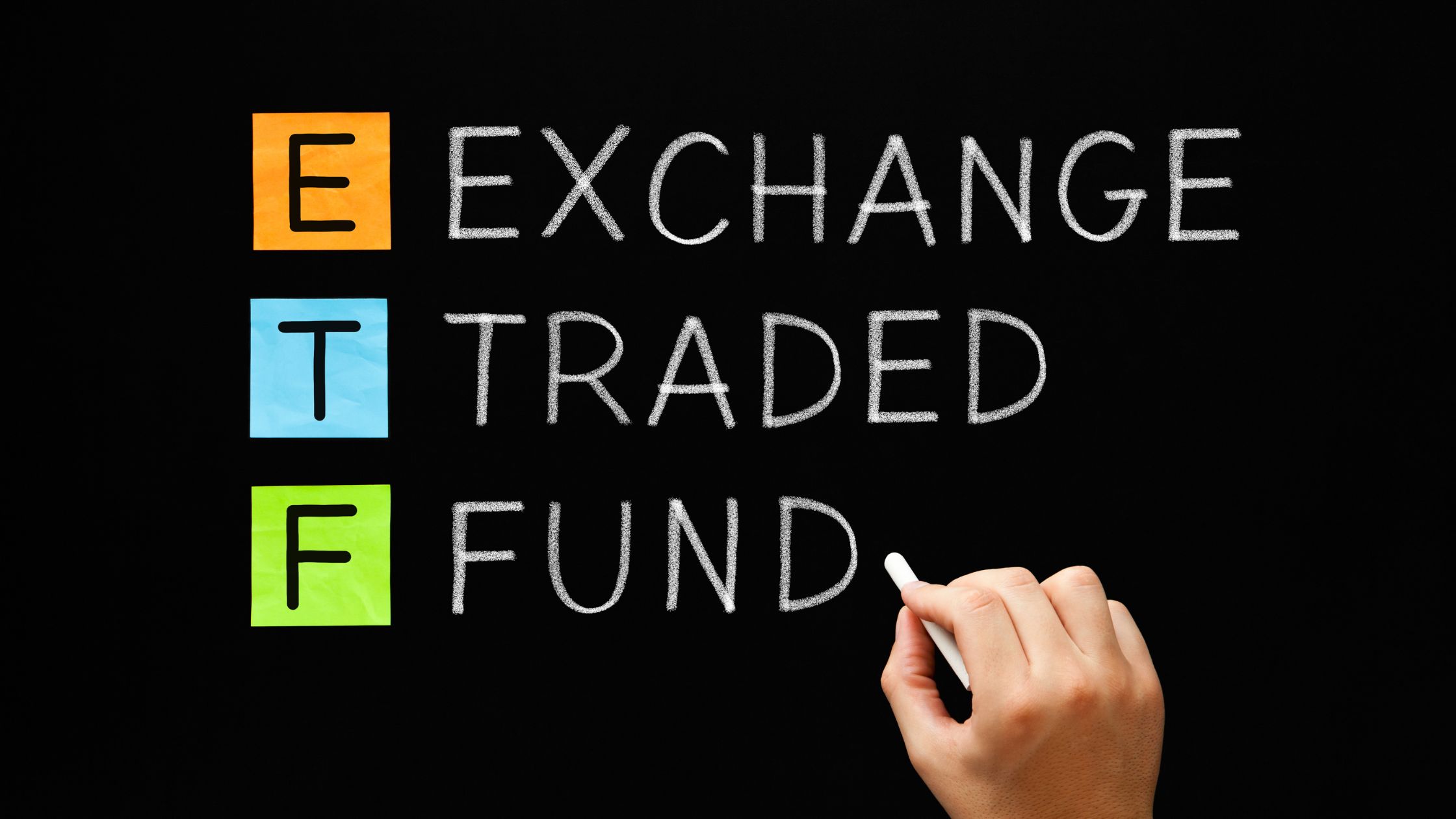Exchange-Traded Funds (ETFs) have become increasingly popular among investors for their versatility, liquidity, and cost-effectiveness. With thousands of ETFs available in various sectors, asset classes, and strategies, choosing the right ETF to align with your investment goals can seem daunting. This article aims to provide a comprehensive guide to selecting the right ETFs tailored to your financial objectives, risk tolerance, and investment strategy.
Understanding ETFs: A Brief Overview
Before diving into how to choose the right ETFs, it’s essential to understand what ETFs are and how they work.
What is an ETF?
An ETF is a type of investment fund that holds a collection of assets, such as stocks, bonds, commodities, or other securities. Unlike mutual funds, ETFs are traded on stock exchanges, just like individual stocks. This trading structure allows investors to buy and sell shares of an ETF throughout the trading day at market prices, providing liquidity and flexibility.
Key Benefits of ETFs
- Diversification: ETFs typically contain a variety of securities, which helps reduce risk by spreading investments across multiple assets.
- Cost-Effectiveness: Most ETFs have lower expense ratios than traditional mutual funds, making them an attractive option for cost-conscious investors.
- Transparency: ETFs regularly disclose their holdings, allowing investors to see exactly what assets they own.
- Tax Efficiency: ETFs tend to be more tax-efficient than mutual funds due to their unique structure and trading mechanisms.
- Flexibility: Investors can use ETFs for various strategies, including passive index investing, sector rotation, or hedging against market downturns.
Identifying Your Investment Goals
The first step in choosing the right ETFs is to clearly define your investment goals. Different objectives will lead to different ETF selections. Here are some common investment goals:
- Growth: If your primary aim is capital appreciation, you may want to focus on equity ETFs that invest in growth stocks or specific sectors that tend to outperform the market.
- Income: If generating regular income is your goal, consider ETFs that focus on dividend-paying stocks or bonds.
- Capital Preservation: For investors seeking to preserve their capital, bond ETFs or money market ETFs may be more suitable.
- Diversification: If you want to reduce risk in your portfolio, look for broad market ETFs that track indices covering various sectors or asset classes.
- Tactical Asset Allocation: If you believe in actively managing your portfolio to take advantage of market opportunities, consider sector-specific or thematic ETFs.
Assessing Your Risk Tolerance
Once you have defined your investment goals, the next step is to assess your risk tolerance. Understanding how much risk you are willing and able to take is crucial for choosing the right ETFs. Risk tolerance can be influenced by several factors, including:
- Time Horizon: Generally, the longer your investment horizon, the more risk you can afford to take. Younger investors can typically withstand more volatility than those nearing retirement.
- Financial Situation: Your overall financial health, including income, savings, and debts, will impact your risk capacity. Higher income and lower debt levels may allow for more aggressive investment strategies.
- Investment Experience: More experienced investors may be comfortable taking on higher-risk investments, while beginners may prefer a conservative approach.
Types of ETFs to Consider
With your investment goals and risk tolerance in mind, you can start exploring different types of ETFs. Here are some categories to consider:
1. Equity ETFs
These ETFs invest in stocks and can be further categorized into:
- Broad Market ETFs: Track major indices like the S&P 500 or the Total Stock Market Index, providing exposure to a wide range of companies.
- Sector ETFs: Focus on specific sectors such as technology, healthcare, or energy, allowing investors to capitalize on sector-specific trends.
- International ETFs: Invest in foreign markets, providing geographic diversification and exposure to emerging markets.
- Thematic ETFs: Target specific investment themes or trends, such as renewable energy, artificial intelligence, or demographics.
2. Bond ETFs
Bond ETFs invest in fixed-income securities and can help provide income and stability to a portfolio. Consider:
- Government Bond ETFs: Invest in bonds issued by national governments and are generally considered lower risk.
- Corporate Bond ETFs: Focus on bonds issued by companies, which may offer higher yields but come with increased risk.
- Municipal Bond ETFs: Invest in bonds issued by local governments or municipalities, often offering tax advantages.
3. Commodity ETFs
Commodity ETFs invest in physical goods, such as gold, silver, or oil. They can act as a hedge against inflation and diversify a portfolio.
4. Inverse and Leveraged ETFs
These ETFs use financial derivatives to amplify returns or profit from market declines. They can be suitable for experienced investors looking to hedge or speculate, but they come with higher risks and are generally not recommended for long-term holding.
5. ESG ETFs
Environmental, Social, and Governance (ESG) ETFs focus on companies that meet specific sustainability criteria. These funds appeal to investors who want to align their investments with their values.
Evaluating ETF Performance
When choosing an ETF, evaluating its historical performance can provide valuable insights. However, past performance is not indicative of future results. Here are some factors to consider:
- Track Record: Look for ETFs with a consistent performance track record that closely tracks their benchmark index.
- Expense Ratios: Lower expense ratios can significantly impact long-term returns. Compare the costs of similar ETFs to find the most cost-effective option.
- Liquidity: Check the trading volume and bid-ask spread of the ETF. Higher liquidity typically results in lower trading costs.
- Tracking Error: This measures how closely the ETF’s performance matches its underlying index. A low tracking error indicates better performance in tracking the index.
- Distribution Yield: For income-focused investors, consider the distribution yield of the ETF, which indicates the income generated relative to the price.
Researching ETF Providers
Not all ETF providers are created equal. When choosing an ETF, consider the reputation and reliability of the provider. Some well-known ETF providers include:
- BlackRock (iShares)
- Vanguard
- State Street (SPDR)
- Invesco
- Charles Schwab
Look for providers with a strong track record of managing ETFs and offering transparency in their operations.
Utilizing Investment Platforms
Selecting the right investment platform is crucial for purchasing ETFs. Here are some key features to look for in a brokerage or investment platform:
- Commission-Free Trading: Many platforms offer commission-free trading on ETFs, which can save you money on transactions.
- Research Tools: Look for platforms that provide comprehensive research tools and resources to help you analyze ETFs and make informed decisions.
- User Experience: A user-friendly interface can enhance your investing experience, making it easier to buy and sell ETFs.
- Account Types: Ensure the platform offers a variety of account types, such as Individual Retirement Accounts (IRAs) or taxable accounts, to meet your investment needs.
Also Read: How to Choose the Best Online Trading Account for Day Trading
Constructing Your ETF Portfolio
Once you have identified suitable ETFs, the next step is to construct your portfolio. Here are some tips for building a well-diversified ETF portfolio:
- Asset Allocation: Determine the right asset allocation based on your investment goals, risk tolerance, and time horizon. This may involve a mix of equities, bonds, and other asset classes.
- Diversification: Avoid concentrating your investments in a single ETF or sector. Aim to diversify across different asset classes, sectors, and geographic regions to mitigate risk.
- Rebalancing: Regularly review your portfolio and make adjustments as needed to maintain your desired asset allocation. This may involve selling ETFs that have performed well and buying those that have underperformed.
- Monitoring: Stay informed about market trends and changes in the ETFs you own. Keep an eye on performance, fees, and any changes to the ETF’s holdings or strategy.
Final Thoughts
Choosing the right ETFs for your investment goals involves a thoughtful process of defining your objectives, assessing your risk tolerance, and evaluating various ETF options. With a diverse range of ETFs available, there’s likely a fund that aligns with your financial goals and investment strategy.
Remember to conduct thorough research, monitor your investments, and adjust your portfolio as needed. By following these guidelines, you can effectively utilize ETFs to build a robust and resilient investment portfolio that meets your financial aspirations.




